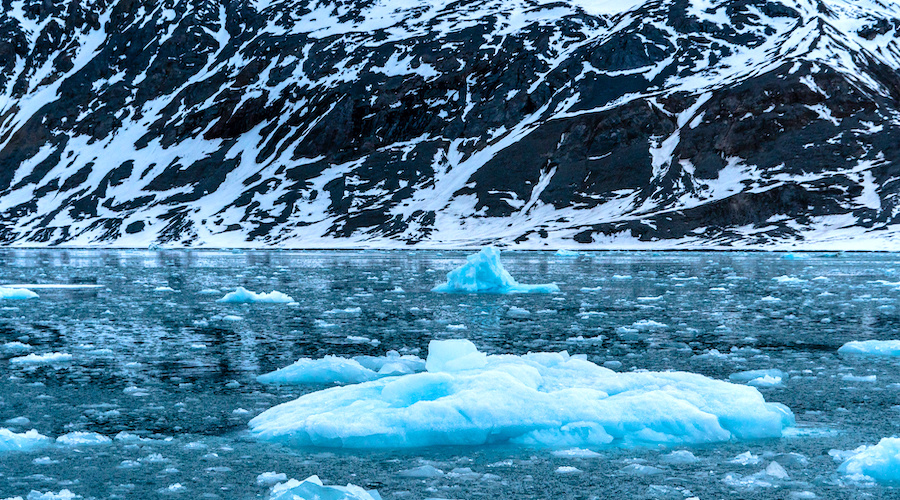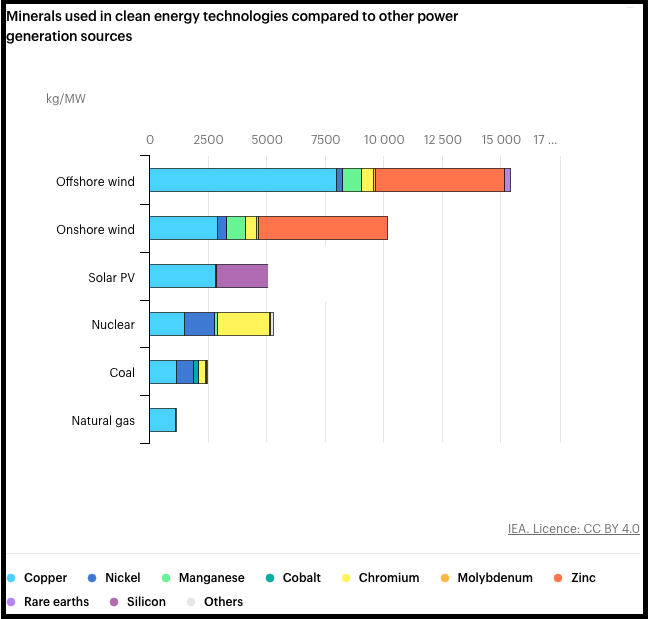Norway to open its waters to deep-sea mining


The Norwegian government outlined on Tuesday details of a plan to open its sea floor for commercial mineral exploration and extraction, targeting metals considered essential for the transition to a greener economy.
The European country, whose vast oil and gas reserves have made it one of the world's wealthiest nations, attempts to position itself as a frontrunner in deep-sea mining in Europe.
The move also seeks to diversify Norway’s economy away from fossil fuels, Petroleum and Energy Minister Terje Aasland said in the statement.
“We need minerals to succeed with the green transition,” Aasland said, adding that mining the seabed could be an “important source of minerals”.
“If proven to be profitable and extraction can be done sustainably, seabed mineral activities can contribute to value creation and employment in Norway while ensuring the supply of crucial metals for the global energy transition,” Aasland said.
The areas to be opened are situated in the Greenland Sea, the Norwegian Sea and the Barents Sea and cover an area of about 280,000 square kilometres (108,000 sq. mi), about the size of Ecuador or the state of Nevada in the US.
Licenses for smaller areas would be offered to exploration companies over time, after they go through the same impact assessment process companies targeting the larger areas will be required to follow, the government said.
The county hinted earlier this year it was considering to open its Arctic waters to deep-sea mining earlier this year. The news was met with stern opposition from environmental organizations and some countries including Switzerland, the Netherlands, Portugal, Singapore and Brazil.
Those that support the expansion of deep-sea mining believe that the action is central to meeting the increasing demand of mineral growth. The demand for copper and rare earth metals is predicted to grow by 40%, according to the International Energy Agency (IEA).
The agency also expects that demand for nickel, cobalt and lithium will increase by 60%, 70% and 90%, respectively.

Opponents to the activity have long-warned that consequences of both exploration and extraction of minerals from the seabed are unknown and that more research should be conducted before going ahead with seafloor mining.
In a recent study focusing on the Clarion-Clipperton Zone (CCZ) in the Pacific Ocean, an area targeted for deep-sea mining stretching from Hawaii to Mexico, researchers discovered over 5,000 species, with the vast majority unknown to science.
“There is the risk of a potential environmental catastrophe,” organizations including the World Wildlife Fund and Greenpeace said in a response to Norway’s proposal.
The plan is “irresponsible and violates Norway’s national and international obligations,” they added.
A growing numbers of countries including Germany, France, Spain, Chile, Costa Rica, New Zealand and Panama among others, have asked the United Nations-affiliated International Seabed Authority (ISA) to not rush into enacting mining regulations by July 2023 — a deadline that was set in 2021.
THIS ARTICLE WAS FIRST POSTED ON MINING.COM
Comments